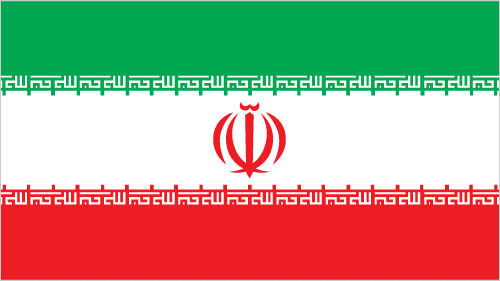
Iran's economy is marked by statist policies, an inefficient state sector, and reliance on oil, a major source of government revenues. Price controls, subsidies, and other distortions weigh down the economy, undermining the potential for private-sector-led growth. Private sector activity is typically limited to small-scale workshops, farming, some manufacturing, and services. Significant informal market activity flourishes and corruption is widespread. New fiscal and monetary constraints on Tehran, following the expansion of international sanctions in 2012 against Iran's Central Bank and oil exports, significantly reduced Iran's oil revenue, forced government spending cuts, and fueled a 60% currency depreciation. Economic growth turned negative in 2012 and 2013, for the first time in two decades. Iran continues to suffer from double-digit unemployment and underemployment. Lack of job opportunities has convinced many educated Iranian youth to seek jobs overseas, resulting in a significant "brain drain." However, the election of President Hasan RUHANI in June 2013 brought about widespread expectations of economic improvements and greater international engagement among the Iranian public, and early in Ruhani's term the country saw a strengthened national currency and a historic boost to market values at the Tehran Stock Exchange.
$987.1 billion (2013 est.)
country comparison to the world: 19
$1.002 trillion (2012 est.)
$1.021 trillion (2011 est.)
-1.5% (2013 est.)
country comparison to the world: 208
-1.9% (2012 est.)
3% (2011 est.)
$12,800 (2013 est.)
country comparison to the world: 103
$13,200 (2012 est.)
$13,600 (2011 est.)
agriculture: 10.6%
industry: 44.9%
services: 44.5% (2013 est.)
18.7% (2007 est.)
42.3% (2013 est.)
country comparison to the world: 221
30.5% (2012 est.)
27.72 million
country comparison to the world: 23
note: shortage of skilled labor (2013 est.)
agriculture: 16.9%
industry: 34.4%
services: 48.7% (2012 est.)
16% (2013 est.)
country comparison to the world: 142
15.5% (2012 est.)
petroleum, petrochemicals, fertilizers, caustic soda, textiles, cement and other construction materials, food processing (particularly sugar refining and vegetable oil production), ferrous and non-ferrous metal fabrication, armaments
-5.2% (2013 est.)
country comparison to the world: 191